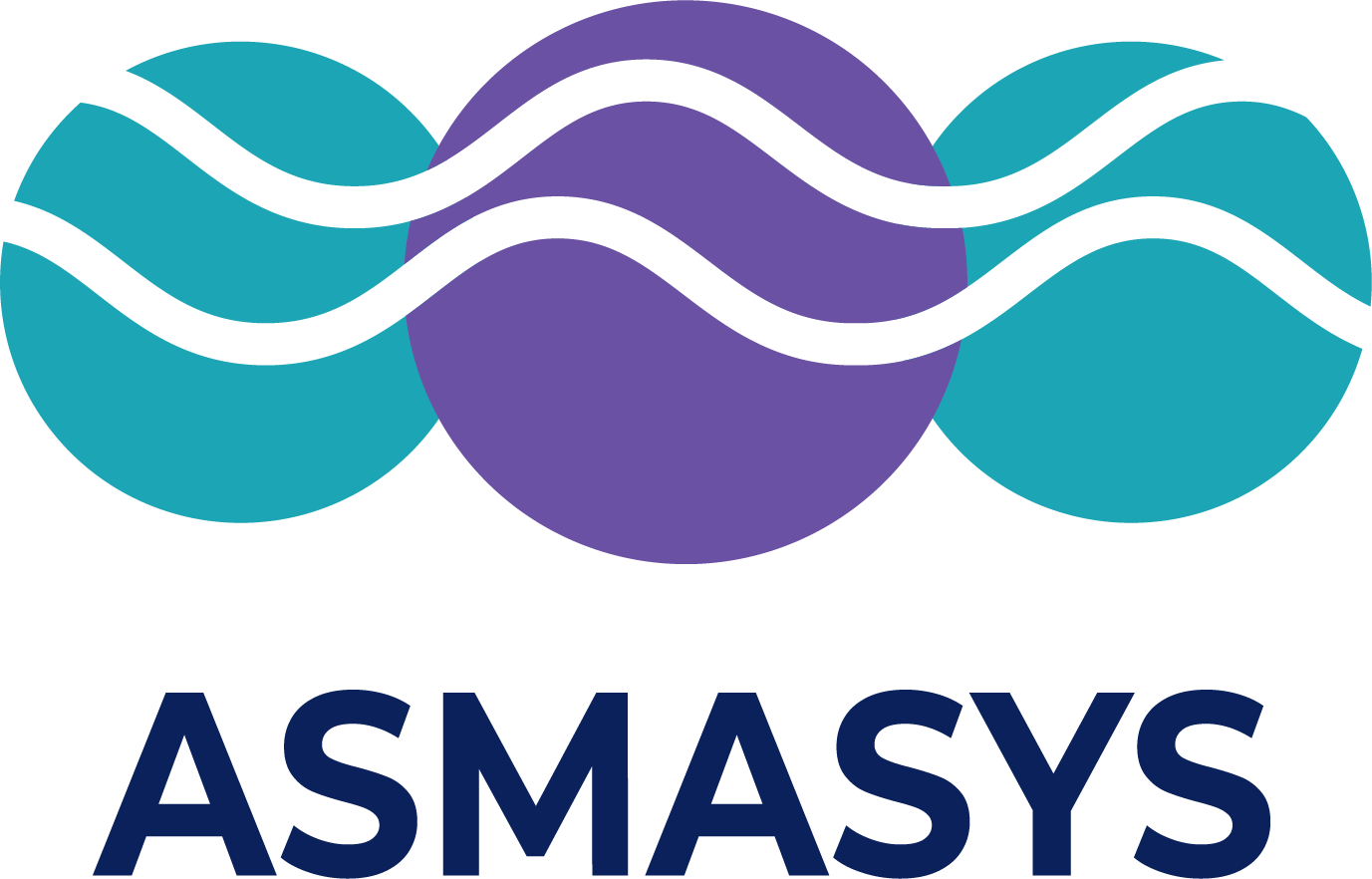References
Fuss, S. et al. (2018), Negative emissions—Part 2: Costs, potentials and side effects, Environmental Research Letters, 13, 063002.
GESAMP (2019), High level review of a wide range of proposed marine geoengineering techniques. (Boyd, P.W. and Vivian, C.M.G., eds.). (IMO/FAO/UNESCO-IOC/UNIDO/WMO/IAEA/UN/UN Environment/UNDP/ISA Joint Group of Experts on the Scientific Aspects of Marine Environmental Protection). Rep. Stud. GESAMP No. 98, 144 p.
Renforth, P. & Henderson, G. (2017), Assessing ocean alkalinity for carbon sequestration. Reviews of Geophysics, 55, 636–674. https://doi.org/10.1002/2016RG000533
Rickels, W., Merk, C., Reith, F., Keller, D., & Oschlies, A. (2019), (Mis)conceptions about modelling of negative emissions technologies. Environmental Research Letters, 14: 104004. https://doi.org/10.1088/1748-9326/ab3ab4
Schäfer, S. et al. (2015), The European Transdisciplinary Assessment of Climate Engineering (EuTRACE): Removing Greenhouse Gases from the Atmosphere and Reflecting Sunlight away from Earth.
